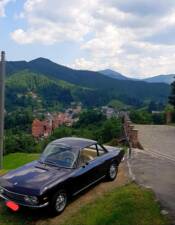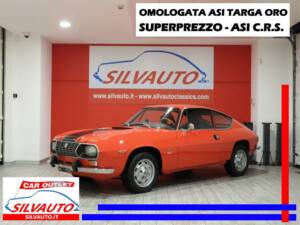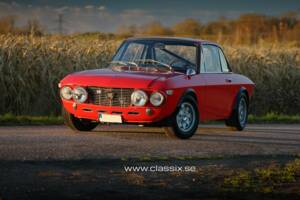Lancia Fulvia classic cars for sale
The Lancia Fulvia stands out not only for its technical ingenuity, such as the compact V4 engine and front-wheel drive, but also for its Italian craftsmanship and distinctive three-body variety—Berlina saloon, sporty Coupé and the sleek Zagato-designed Sport model.
Search results

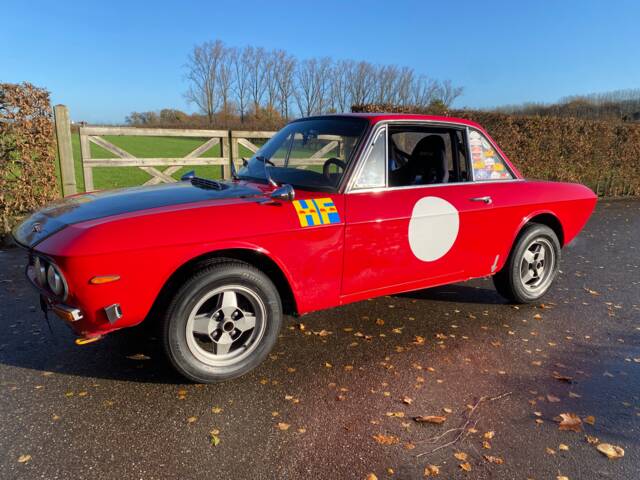
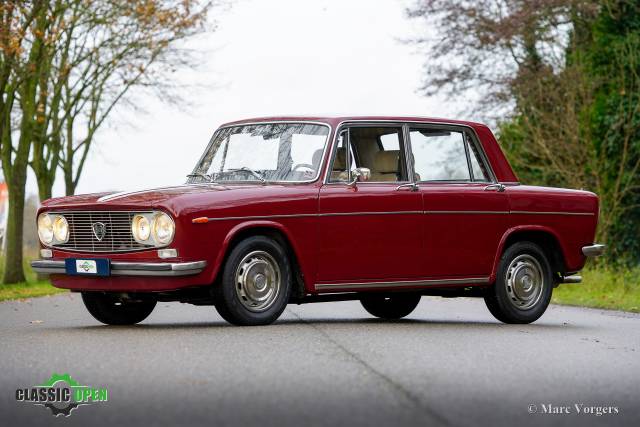

1973 | Lancia Fulvia 1.3 S
2025-12-04 16:42:31 | Lancia FULVIA COUPE' 1.3 S
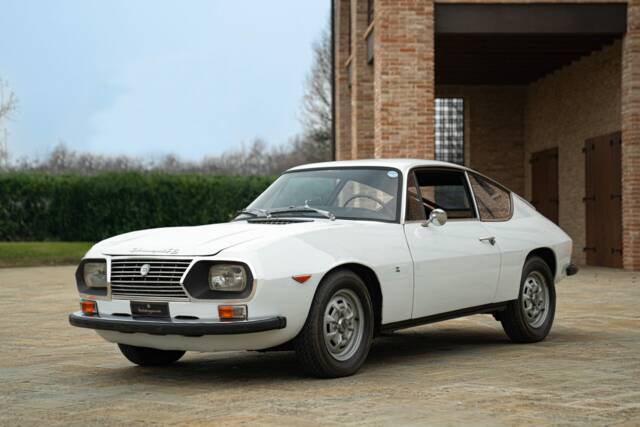
1972 | Lancia Fulvia Sport 1.3 S (Zagato)
2025-09-28 17:35:37 | Lancia FULVIA SPORT 1.3 ZAGATO
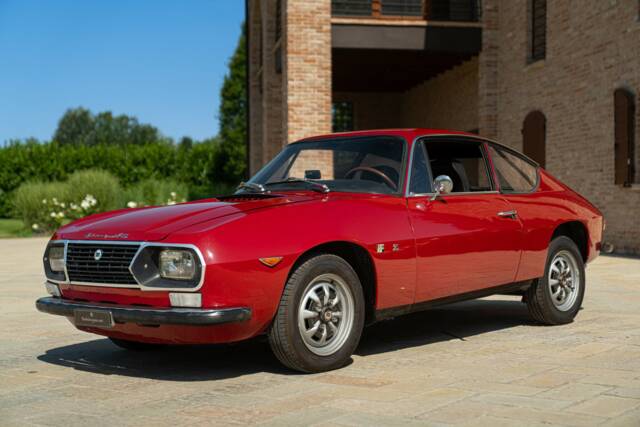
1971 | Lancia Fulvia Sport 1.3 S (Zagato)
2025-08-21 06:13:25 | Lancia FULVIA SPORT 1.3 ZAGATO

1972 | Lancia Fulvia Sport 1.6 (Zagato)
LANCIA FULVIA SPORT 1600 ZAGATO TIPO 818.750 (1972) OMOLOGATA ASI TARGA ORO AI MASSIMI LIVELLI – SUPERCONDIZIONI – SUPERPREZZO
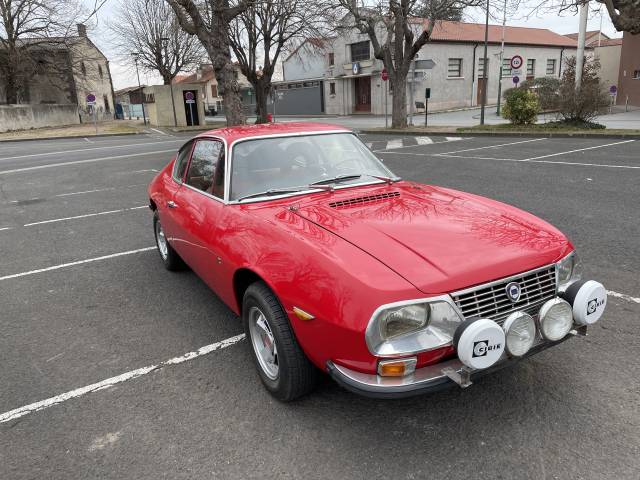
1973 | Lancia Fulvia Sport 1.3 S (Zagato)
LANCIA Fulvia Sport Zagato 1.3 S
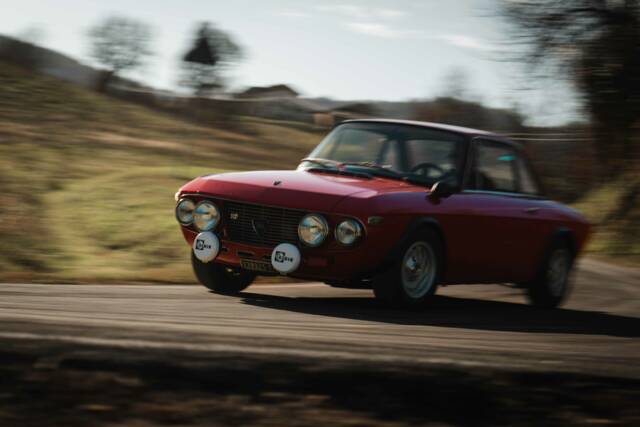
1970 | Lancia Fulvia Coupe HF 1.6
Important and documented racing pedigree ad Group 3 car, ex "Chicco" Svizzero race car, high level restoration
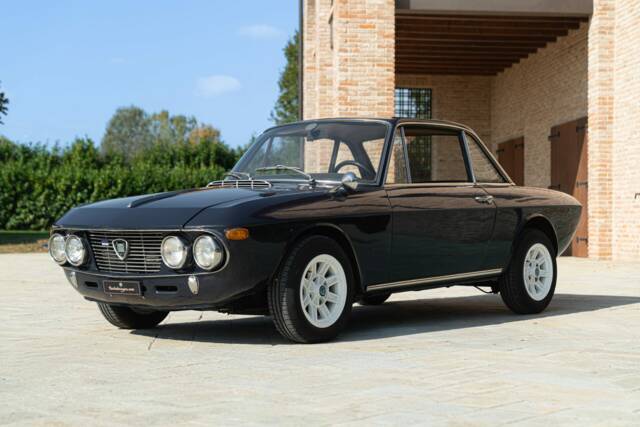
1967 | Lancia Fulvia Coupe Rallye
2025-05-16 16:21:44 | Lancia FULVIA COUPE' RALLYE 1.3
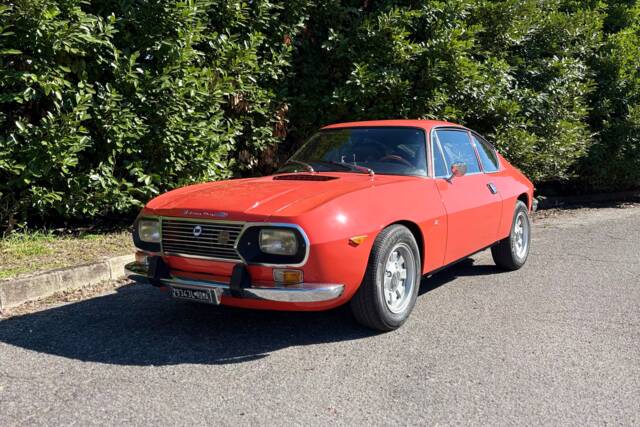
1972 | Lancia Fulvia Sport 1.6 (Zagato)
Solo 800 esemplari prodotti
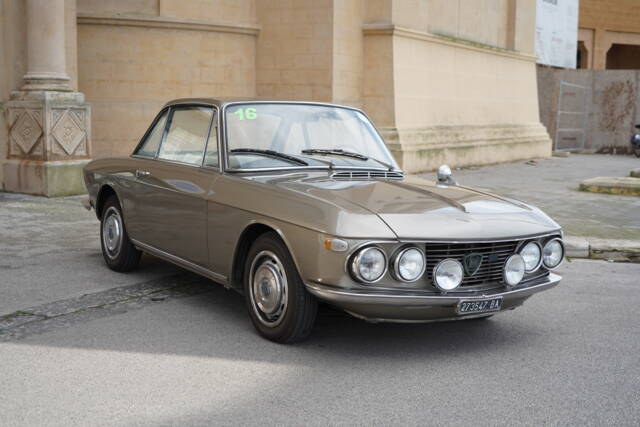
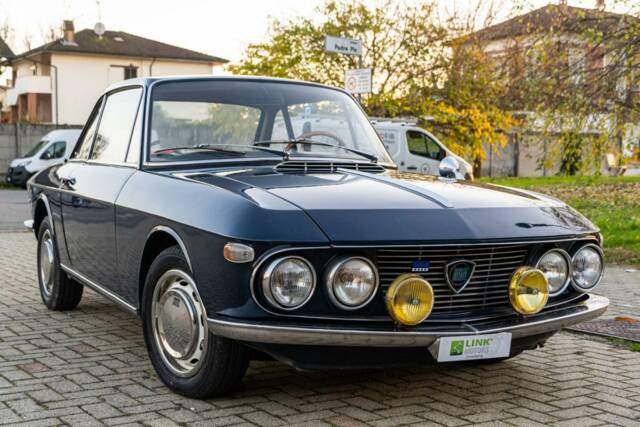

1970 | Lancia Fulvia Coupe HF 1.6
Fanalone!
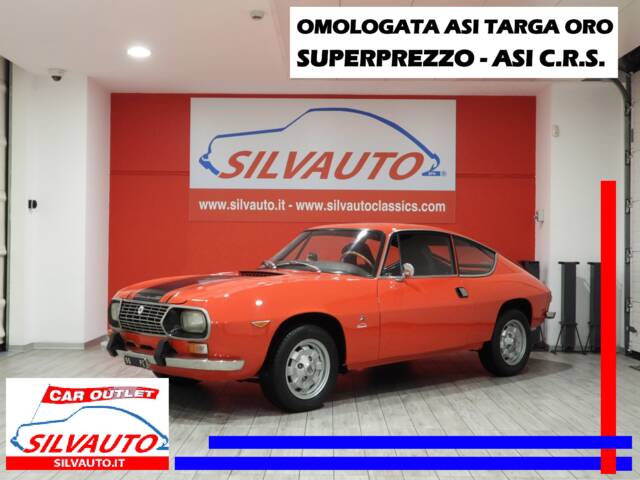
1972 | Lancia Fulvia Sport 1.6 (Zagato)
OMOLOGATA ASI TARGA ORO AI MASSIMI LIVELLI – SUPERCONDIZIONI – SUPERPREZZO
History of the Lancia Fulvia
Introduced at the 1963 Geneva Motor Show and produced until 1976, the Lancia Fulvia marked a new chapter for Lancia in the compact class. Named after the Roman road Via Fulvia, the model was developed as the successor to the Appia and was available in Berlina (saloon), Coupé, and, from 1965, as the Sport designed by Zagato. Built with a front-wheel-drive layout and a narrow-angle V4 with twin cams, it targeted buyers seeking advanced engineering and Italian style. Its popularity in motorsport, particularly in rallying—highlighted by the 1972 International Rally Championship win—cements its place in European automotive heritage.
Model history
The Fulvia evolved through three main series. Series I (1963–1969) established the foundation with a 1091cc DOHC V4 engine, disc brakes all round, and a four-speed gearbox. Series II (1970–1974) introduced enhancements like a larger brake system, brake booster, and a five-speed dog-leg transmission. Interiors and bodywork were slightly updated. The coupé gained the attention of enthusiasts for its sportier dynamics, further amplified by high-performance HF variants. Series III (1974–1976) refined the existing platform until production ended, succeeded by the Lancia Beta. Each series retained the V4 architecture, gradually increasing displacement up to the ultimate 1584cc ‘Fanalone’ with 132 PS.
Highlights of the Lancia Fulvia
Key distinguishing elements include the narrow-angle V4 engine (from 1091cc to 1584cc)—rare for its time, front-wheel drive, four-wheel disc brakes, and the availability of both steel and lightweight aluminium body panels (in the Sport and some HF models). The dog-leg gearbox layout set the Fulvia apart from the era’s standard transmissions. The Zagato-bodied Sport, designed by Ercole Spada, and the HF models reflective of Lancia’s motorsport prowess, offered standout performance and lightweight construction. Unique interior details—wooden dashboards, distinctive gauges, and period-correct seat designs—highlight Lancia’s focus on both technical and aesthetic quality.
Technical data
Special Editions and Collectible Models
Notable variants include the Fulvia HF (High Fidelity/High Performance) series, especially the 1.6 HF 'Fanalone'—famed for its powerful 1584cc engine delivering up to 132 PS, lightweight construction (with aluminium panels), and rally success. The Sport Zagato models, initially with aluminium bodies, showcase Ercole Spada’s design work and further reduced weight for enhanced performance. Special trim versions such as Montecarlo, Rallye, Lusso, GTE, S, and Serie Speciale featured exclusive finishes, seats, and equipment catering to different market needs and are especially valued among collectors.
Weak Spots and Common Issues
When inspecting a Fulvia, pay close attention to rust, particularly in the sills, wheel arches, floorpans, and suspension mounts—body corrosion is a widely reported concern. Check the front-wheel-drive system for play and leaks, and ensure the V4 engine runs smoothly as rebuilds can be intricate due to the unique design. Pay attention to the brakes (especially if fitted with early Dunlop systems) and ensure the electrics function reliably, as degradation over decades can lead to intermittent faults. Despite technical complexity, a well-maintained Fulvia can be robust and long-lasting.
Engine and Performance, Transmission and Handling
Early Fulvias start with a 1091cc engine at 58 PS, with later Berlina variants climbing up to 87 PS. Coupé models reach outputs of 80 PS to 132 PS in the high-performance HF variants. Maximum rated speed varies: standard models 138–148 km/h, the 1.6 HF ‘Fanalone’ up to 175 km/h. The five-speed dog-leg gearbox in later cars offers precise, sporty shifts. The advanced front suspension and rear live axle with Panhard rod ensure direct steering response and stable cornering—qualities that earned the Fulvia extensive rally wins and a reputation for being dynamically rewarding. Disc brakes give stable stopping power, while the relatively low weight (especially Sports and HF) further enhances agility. Highlight: Lancia Fulvia 1.3 S (1298cc, up to 91 PS), Fulvia 1.6 HF ‘Fanalone’ (1584cc, 132 PS, aluminium panels, Monte Carlo rally winner), Fulvia Sport Zagato (alloy-bodied early examples, aerodynamic fastback design).
Interior, Comfort, Exterior and Design
Fulvias demonstrate Italian design flair both inside and out. Coupés and Sports commonly feature wood-veneer dashboards, specific instrumentation, and leather or vinyl upholstery. Zagato Sports stand out for their streamlined fastback profiles, aluminium use in early series, and unique colour options. Period-original paint finishes include various shades of green, blue, red, silver, bronze, and beige. Accessories such as fog lights, sports seats, and roll bars (in HF) were available either as standard or options. The 2+2 Coupé layout and five-seat Berlina maximize practicality for the era, while attention to interior details preserved both luxury and sportiness. Model codes (e.g., 818.130, 818.630) distinguish Fulvia subtypes for connoisseurs. The Fulvia’s look remains instantly recognisable among classic Lancias.
Other relevant features
Many Fulvias carry motorsport heritage into daily usability, as evidenced by FIA homologation in rally competitions and their lasting service life. Cars built for the Italian market could bear ASI/CRS certification, while German vehicles with H-plates further underline their classic status. Spare parts availability is reasonable due to club support across Europe, and tuning options exist for those interested in historic rally participation.
Summary
The Lancia Fulvia, with its innovative engineering and variety of distinctive models, represents a high point in the classic Lancia portfolio. Particularly valued in the rally community and admired for its advanced V4 engine, precise front-wheel drive, and elegant design, it offers a compelling choice for enthusiasts seeking both performance and uniqueness. The wide demand especially for Serie II models underlines its enduring appeal among knowledgeable collectors.
